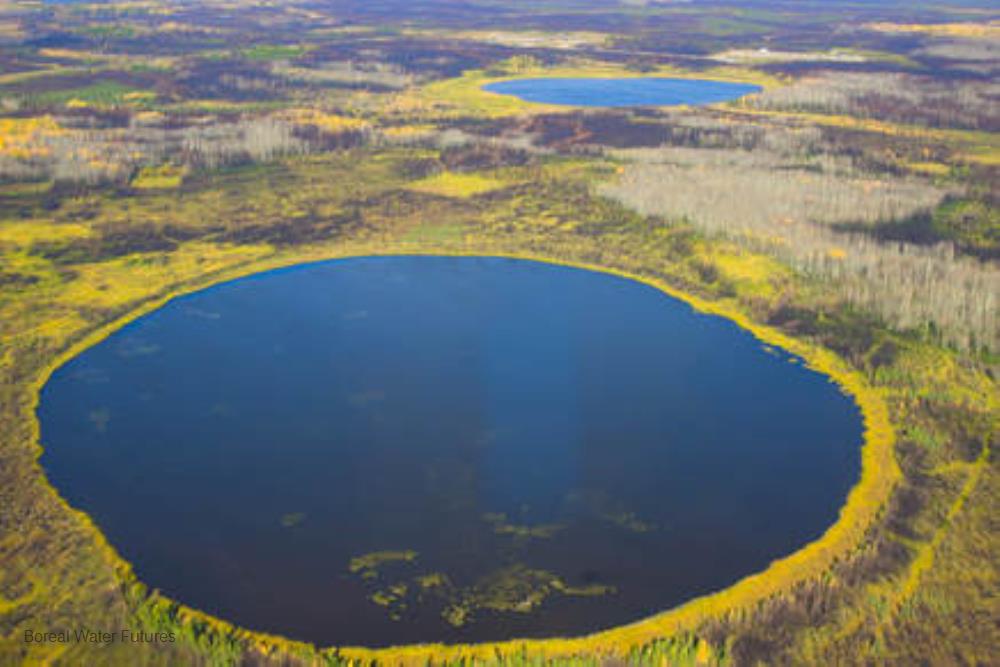
Related items loading ...
Section 1: Publication
Publication Type
Conference Presentation
Authorship
Ury Emily, Basu Nandita
Title
Source or sink? Wetlands role in phosphorus management for improving water quality
Year
2022
Publication Outlet
AOSM2022
DOI
ISBN
ISSN
Citation
Emily Ury, Nandita Basu (2022). Source or sink? Wetlands role in phosphorus management for improving water quality. Proceedings of the GWF Annual Open Science Meeting, May 16-18, 2022.
Abstract
Wetlands provide a suite of valuable ecosystem services including nutrient storage and processing. Wetland restoration is a key strategy for improving water quality, particularly when surface water is impaired by excess nutrients, such as in agricultural landscapes. While restored wetlands are generally successful at removing nitrogen from surface water, data shows that for phosphorus, restored wetlands may sometimes act as a sink and sometimes a source. We aim to identify key factors underlying the dynamic between wetland phosphorus retention and release. Our findings can be used to inform decision making for future wetland restoration to improve phosphorus retention at local and regional scales.
We performed a meta-analysis on restored wetland data from literature. We found a significant number of wetlands behave as phosphorus sources, rather than phosphorus sinks. In general, wetland retention of total phosphorus (TP) is greater than retention of soluble reactive phosphorus (SRP) which could be an indication of phosphorus transformation occurring within the wetland. This magnification of SRP by wetlands is significant because SRP is the more bioavailable form of phosphorus and is a contributor to algal growth and eutrophication in downstream water bodies. We found the SRP concentration entering the wetland to be an important predictor of SRP magnification, whereby low influent SRP concentrations leads to more instances of SRP release by wetlands, likely due to sediment-water equilibrium dynamics. We also show that other wetland characteristics including size and hydrologic variability play an important role in controlling these source-sink behavior dynamics.
Plain Language Summary
This research is concerned with managing nutrient loading in surface water through understanding the role of wetlands in phosphorus retention and release.
Section 2: Additional Information
Program Affiliations
Project Affiliations
Submitters
|
Emily Ury | Submitter/Presenter | eury@uwaterloo.ca | University of Waterloo |
Publication Stage
N/A
Theme
Water Quality and Aquatic Ecosystems
Presentation Format
10-minute oral presentation
Additional Information
AOSM2022 First Author: Emily Ury, University of Waterloo Additional Authors: Nandita Basu, University of Waterloo


 GWFNet
GWFNet Master
Master Data
Data Research
Research Map
Map
 Advanced
Advanced . . .
. . .

 Metadata Editor
Metadata Editor
 Record List
Record List
 Alias List Editor
Alias List Editor
 Legacy sites
Legacy sites